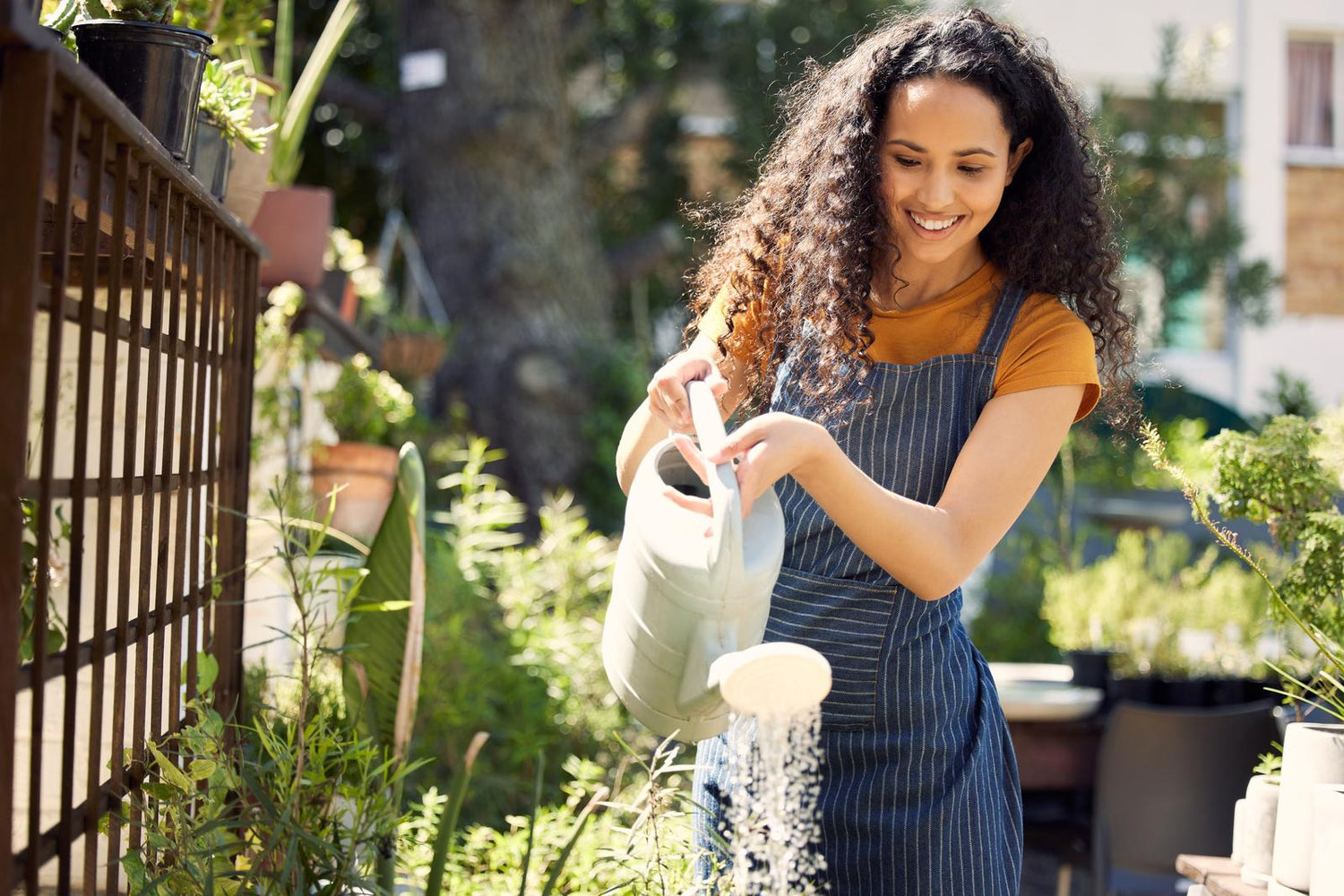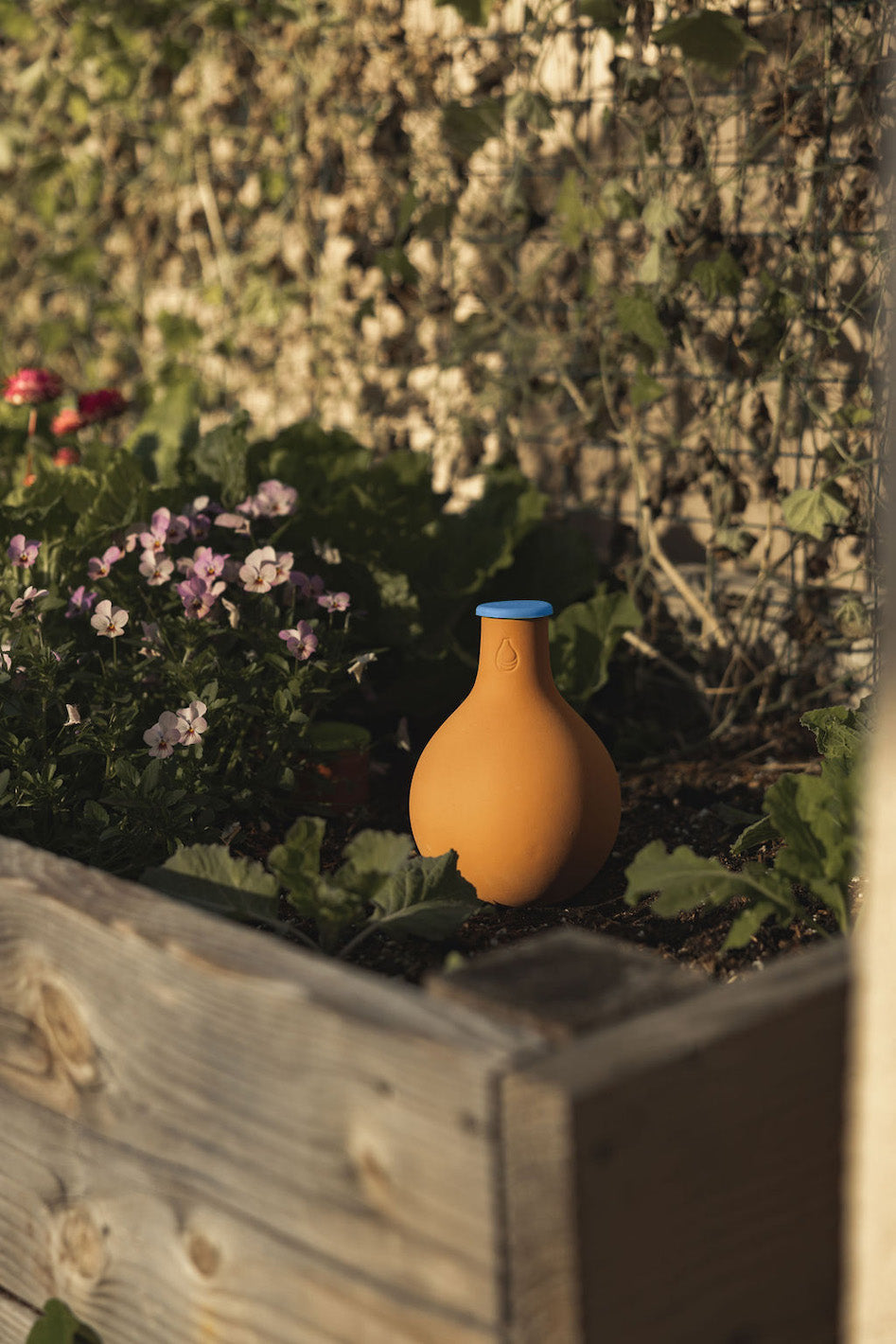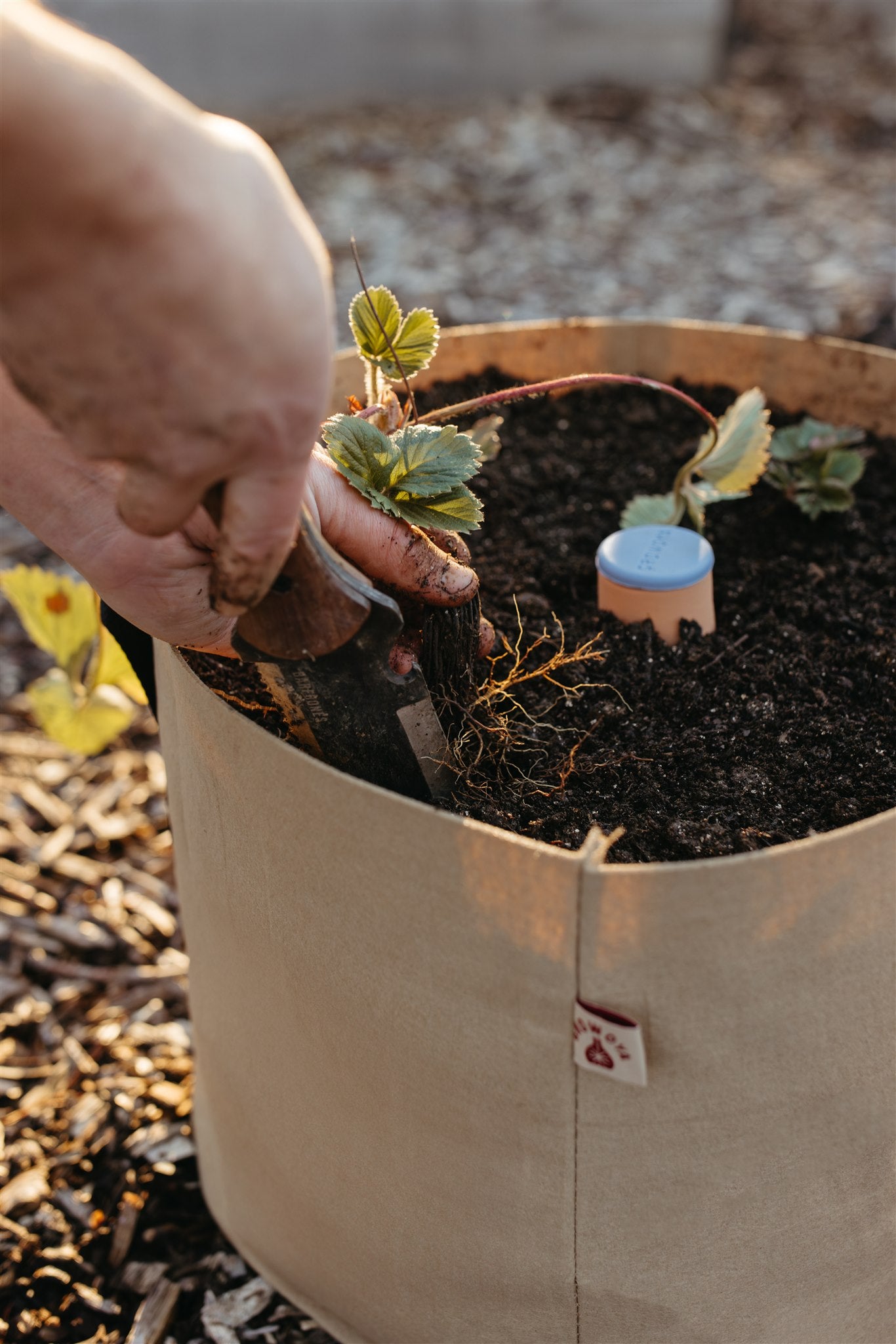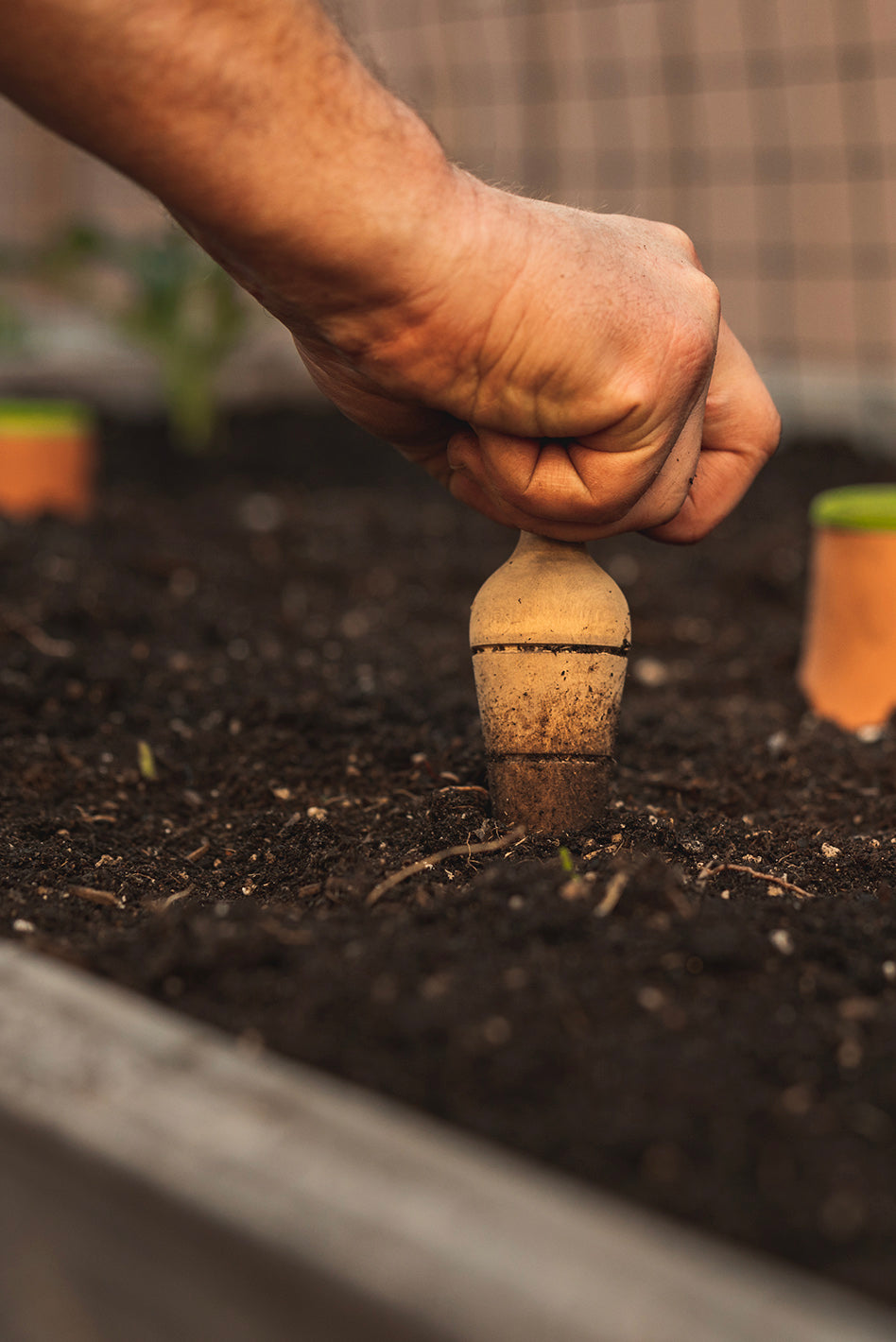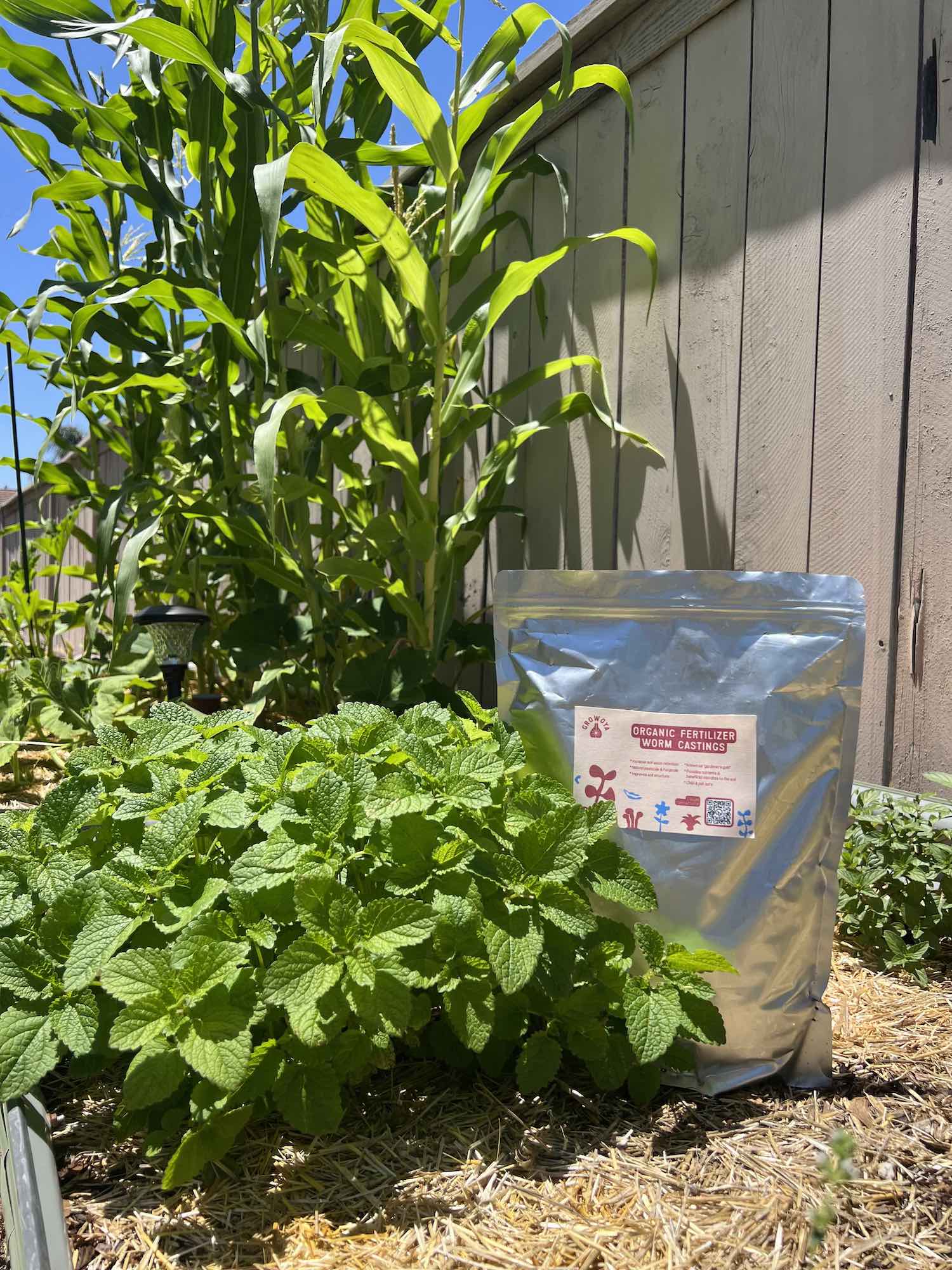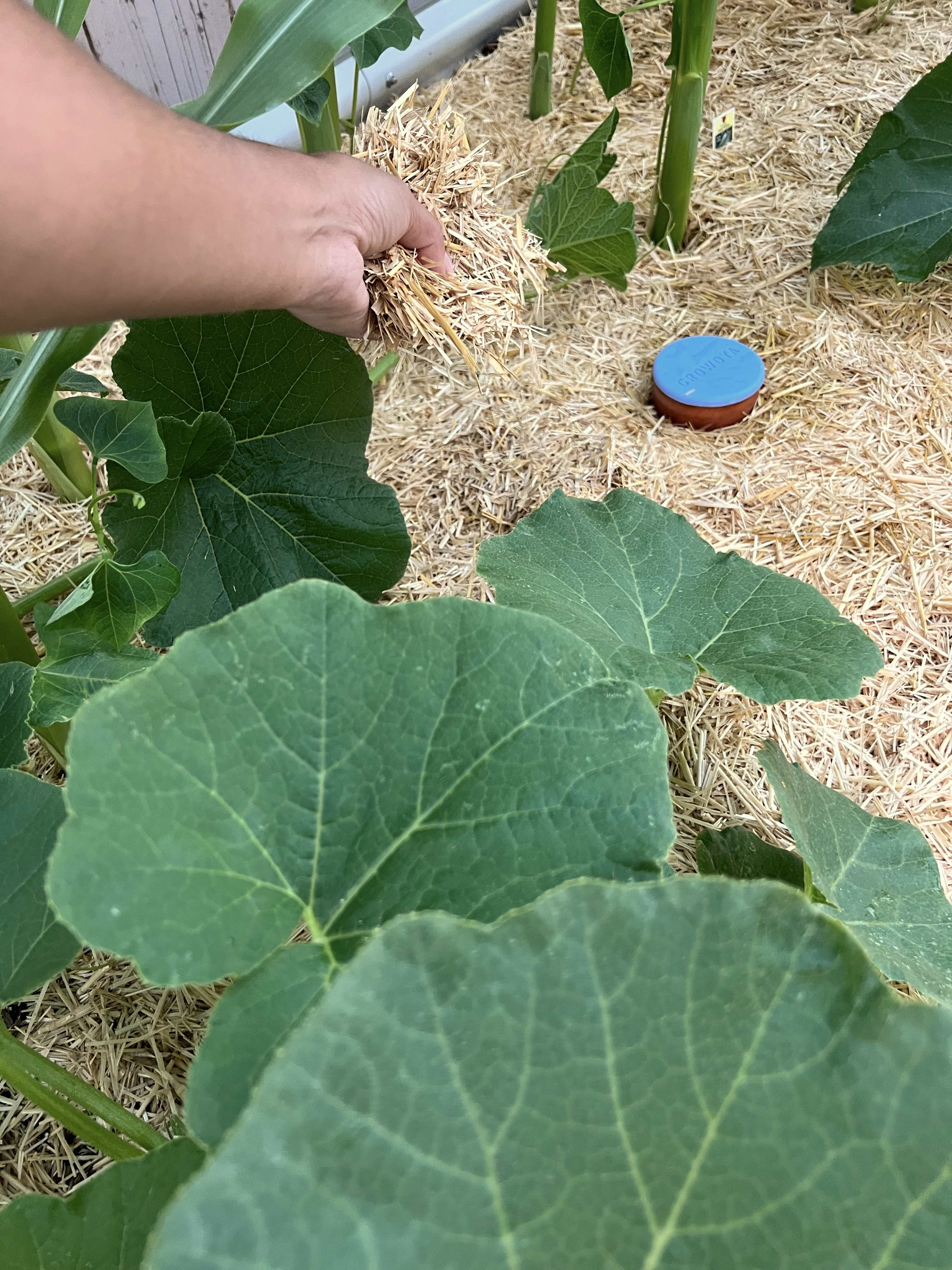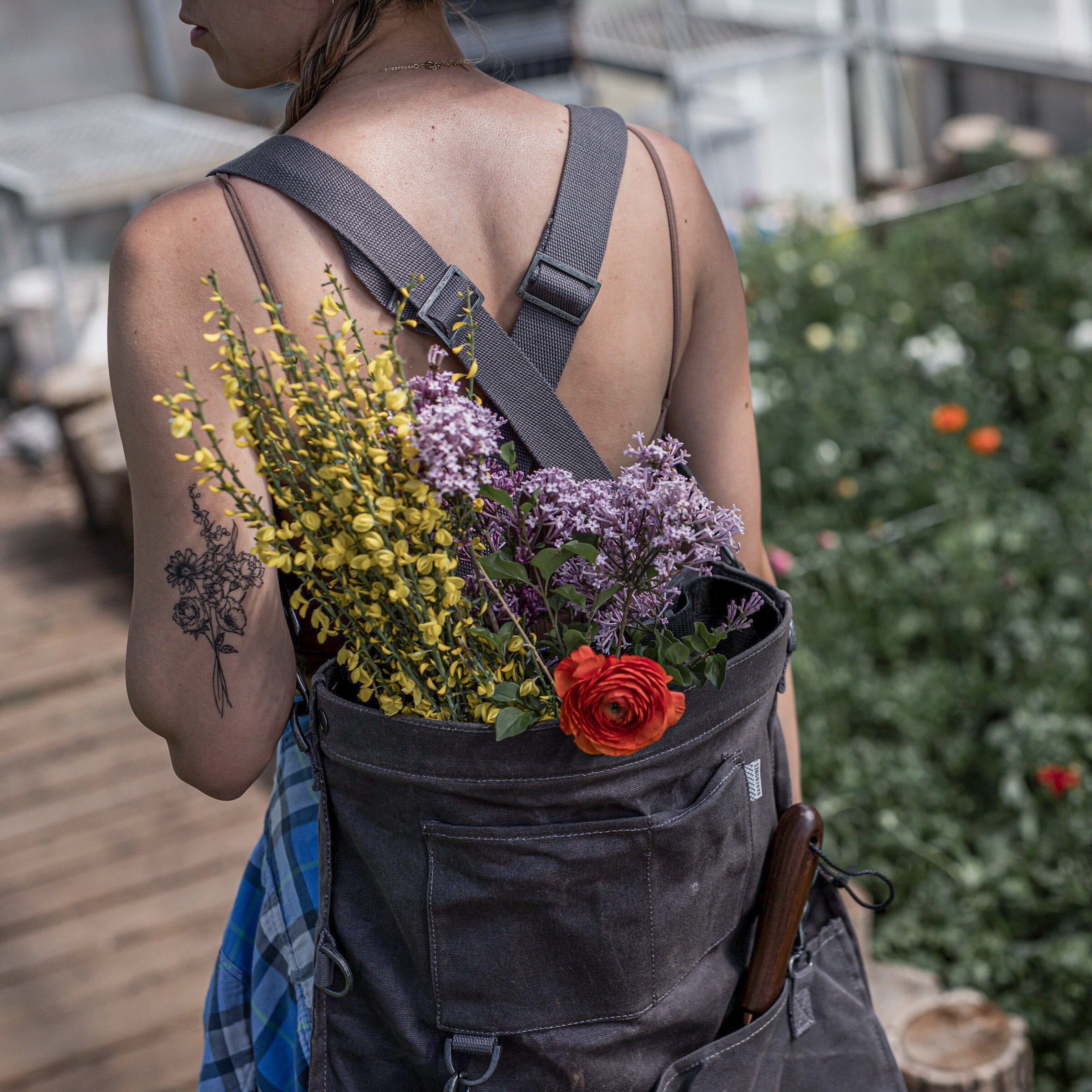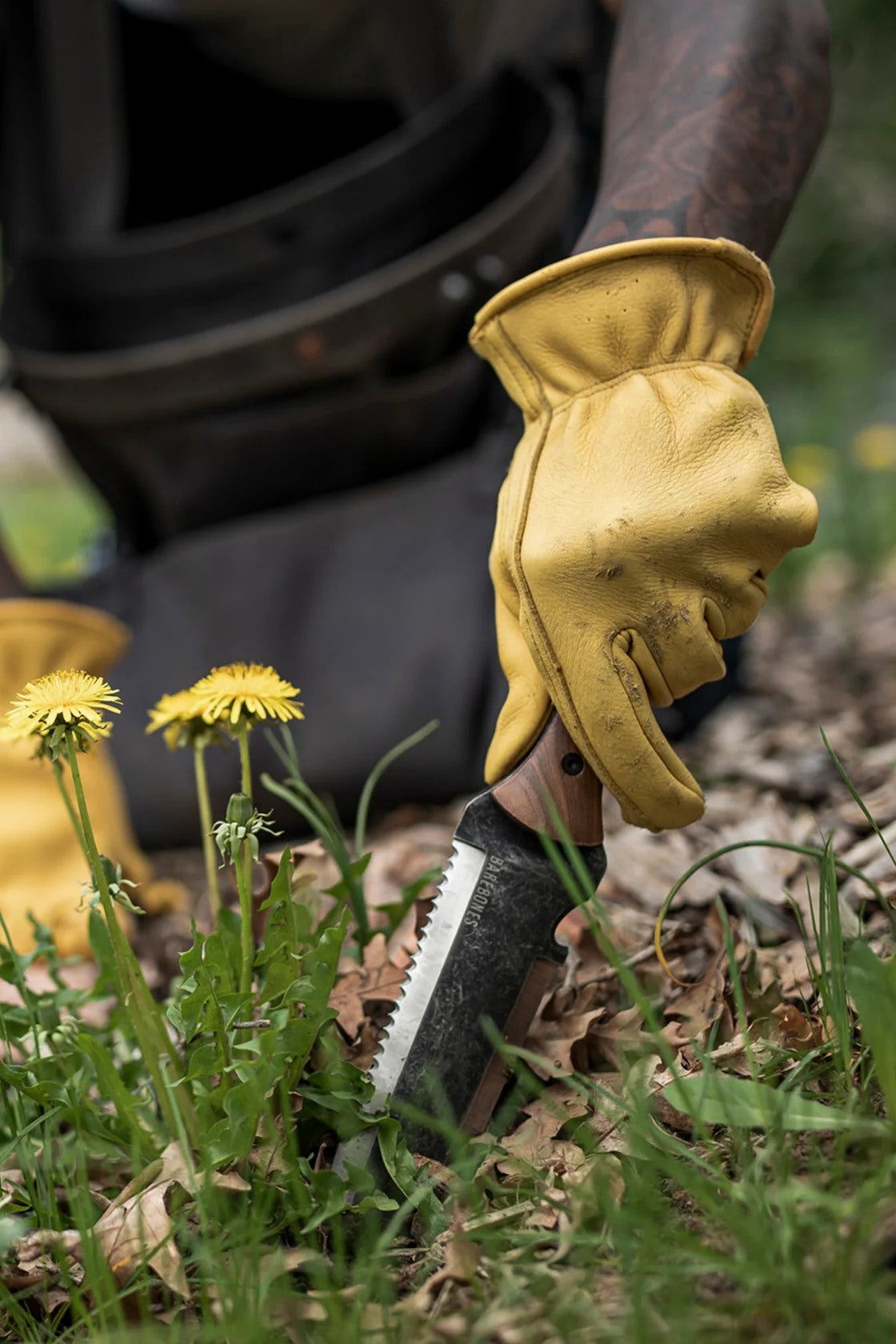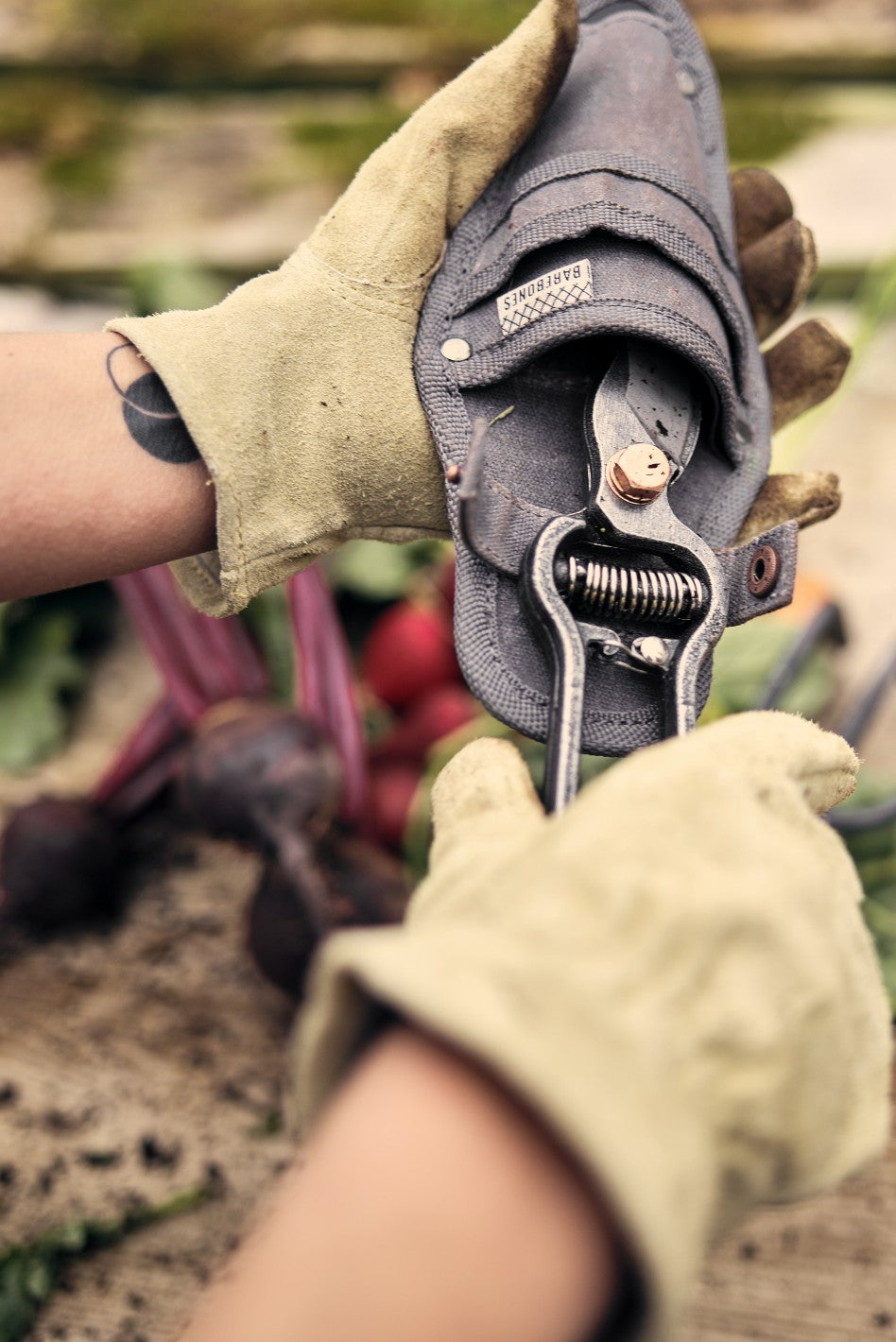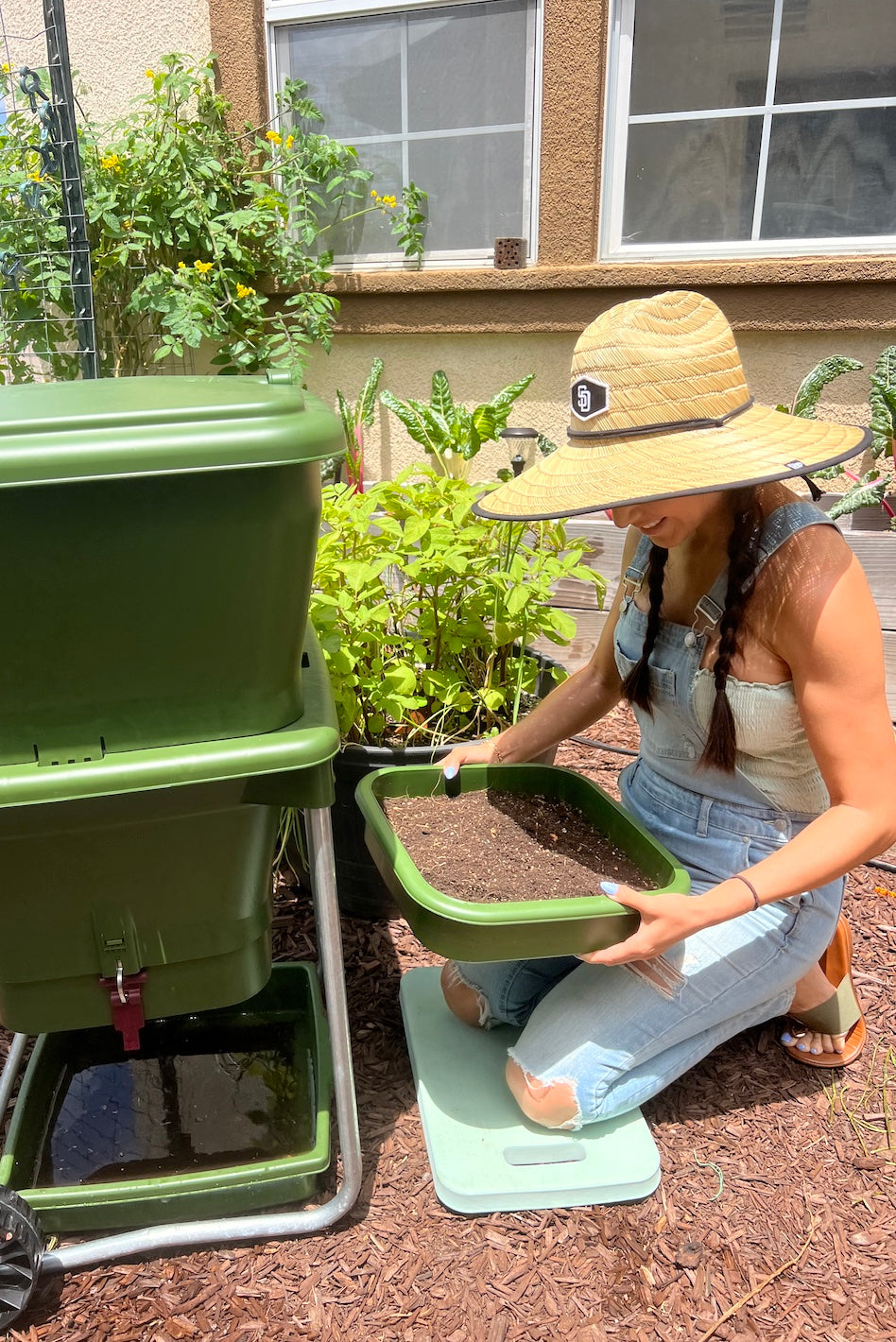Are you excited to start a backyard garden, but not sure where to begin? Don't worry! Starting a garden can seem overwhelming, but it's actually quite easy when you know what steps to follow.
Keep in mind that basic planting instructions vary depending on the type of plant that you're growing, so it's important to do your research before you get started. Once you know what type of plant you're dealing with, though, the lengthy process of planting can be broken down into a few simple steps.
So if you are an avid gardener, this article is about how to start a vegetable garden from scratch. It includes the basics of gardening and information on what to plant, when to plant, how to care for your garden, and to find the location and garden soil type that is best for your garden.
10 Steps on How to Start Gardening: Location and Soil
Here are the 10 steps on how to start gardening, including finding the right location and soil for your garden suitable for growing vegetables or flowers:
1. Determine Your Garden Space Size
The first step in starting a garden is determining its size. This will help determine the basic garden tools that you'll need and the amount of space you have available. You should also consider how much time you want to spend working in your garden each day.
If you're looking to grow leafy greens or flowers, then you may only be able to dedicate an hour or two per week to tending your garden. On the other hand, if you'd like to grow flowers, you might be able to devote more time to your garden.
2. Find A Good Location
Once you've determined your garden size, you'll need to find a good location for your garden. It needs to get at least six hours of direct sunlight per day, so make sure that it has access to sunlight during the entire year. If you live in cooler climates, you'll need to ensure that your garden gets enough sun throughout the winter months as well.
On the other hand, if you live in a warm climate, you don't necessarily need to take this into consideration.
3. Choose The Right Tools For Your Garden
You'll need some basic gardening tools before you start planting seeds or seedlings. Basic gardening equipment includes a shovel, trowel, watering can, wheelbarrow, rake, hoe, and gloves.
Depending on the plants that you plan to grow, you may also need additional tools. You'll also need to take into consideration any nearby trees or power lines that could pose a danger to your garden. Make sure that they aren't close enough to cause damage to your plants.
4. Decide What To Plant In Your Garden
After deciding where your garden bed will go and what tools you'll need, you'll need to decide what plants you want to grow there. There are many different types of plants that you can choose from, including fruits, herbs, vegetables, and flowers.
Some of these plants are better suited for certain seasons than others. For example, tomatoes are great for summers because they require little water and produce fruit quickly. However, they won't do well in cold weather.
On the other hand, peppers are best grown in warmer temperatures and require lots of water. They also tend to produce fruit slowly.
5. Prepare Your Garden Bed
Before you start planting anything in your garden, you'll need to prepare the area. Remove weeds, remove rocks, and add fertilizer to the soil. If you're planning to plant something edible, you'll also need to dig out the roots of existing plants.
6. Add Fertilizer And Water
Once you've prepared your garden bed, you'll need to fertilize it with a compost pile or manure. A layer of compost is made up of organic material or other soil amendments that's been decomposed by microorganisms. Manure is simply animal waste that contains nitrogen, phosphorus, potassium, and trace minerals. Both of these materials provide nutrients to your plants.
Balanced nutrient levels are also important, as is the presence of organic matter. Make sure that you apply them evenly over the surface of the ground. Don't use too much fertilizer or manure, though. Too much fertilizer can burn your plants and kill them.
7. Start Sowing Seeds Or Seedlings
Now that you've prepared your garden, you'll be ready to sow seeds or seedlings. You'll need to know how to properly care for your seeds or seedlings after you've planted them. If you don't have experience starting plants from seeds or seedlings, you should ask someone who does.
The planting depth depends on which type of plant you're growing. Some plants like peas and beans need to be sown very shallowly, while others, like corn, need to be sown deeper.
8. Planting Time
Depending on the type of plant you're planting, you'll need to wait until the right time to plant them. For example, you shouldn't plant tomatoes when it's still winter outside. Instead, you should wait until spring planting season.
9. Water Your Plants Regularly
You should keep an eye on your plants and make sure the water source can give them adequate water. The planting bed material around your plants helps prevent the healthy soil from drying out. It also provides protection against wind and animals.
A rule of thumb is to water every day or two during dry spells. Plants need around one inch of water per week during the growing season. This amount varies depending on the type of plant that you're growing.
We know sticking to a good waterin schedule is tough when you are busy. Our Oya watering pots are a great solution to this. Just fill up our watering pot once a week and let the oya give the plants as needed.
10. Keep An Eye Out For Insects and Weeds
While you're waiting for your plants to grow, keep an eye out for insects and weeds. These pests will eat away at your plants if left unchecked. The tolerance level for pest damage can vary depending on the type of plant and the severity of the infestation. However, if you catch the problem early, you can usually easily control it. Be sure to check your plants regularly and take action immediately if you see any pests.
There are several methods for controlling insects and weeds. You can, for example, hand-pick pests from your plants or use an insecticide or herbicide. Remember that it is always preferable to keep pests away from your plants in the first place. This can be accomplished by keeping your garden clean and free of debris, as well as by using row covers or screens to keep pests at bay.
Conversely, beneficial insects contribute to a pest-free garden. They eat dangerous insects and weed seeds. You can encourage beneficial insects by planting a variety of flowers that will attract them.
11. Mulch Around Your Plants To Prevent Pests From Getting In
Sheet mulching is another way to help protect your plants from pests. Mulch keeps moisture in the soil and prevents weeds from sprouting. It also adds color to your garden. Wood chips are great for sheet mulching because they decompose slowly and add nutrients to the soil.
Types of Gardens That Are Easy To Grow
Your personal preference for garden beds of plants will determine what kind of garden you want to create. There are many different types of gardens that you can choose from. Here are some examples:
- Root veggies garden
- Fruit trees garden
- Herb garden
- Flower garden (includes growing annual flowers)
- Shade garden (best for shade-loving annual plants)
- Container garden
- Aquaponic garden
- Window sill garden
- Sprout garden
- Vertical garden
- Island Garden
- Meditation garden
- Community garden
Benefits of Gardening
Gardening has many benefits. Not only does it provide fresh produce for you to enjoy, but it also teaches you about nature and gives you a chance to connect with other people. Plus, it's fun!
Here are just a few reasons why you should consider starting a healthy garden:
- Availability of veggies and fresh produce on your dinner table
- Learn about nature
- Connect with others
- Exercise
- Relaxation
- Reduce stress
- Improve your mood
- Help the environment
- Save money
What is the best garden layout
Garden designers have come up with several different layouts for gardens. Some popular ones include:
- Square foot garden
- Raised bed garden
- Basket garden
- Square box garden
- Spiral garden
- Trough garden
- Trellis garden
- Organic vegetable garden
- Vegetable garden
- Flower garden
- Edible garden
However, if you prefer to start a garden with colors and shapes that match your home decor, then you might want to explore other options. You can find a variety of different-shaped gardens at your local nursery plants or home improvement store, such as square or rectangle ones.
Different plant forms can also be found at your local nursery, where you can find the tallest plants, medium-size plants, or even dwarf varieties. You can start your favorite vegetables like tomato plants, peppers, cucumbers, squash, eggplant, melons, beans, peas, onions, lettuce, spinach, kale, broccoli, cauliflower, carrots, strawberries, raspberries, blueberries, blackberries, apples, pears, peaches, apricots, plums, figs, nectarines, cherries, and more.
For low-growing plants, consider roses, dianthus, pansies, impatiens, petunias, annual phlox, and lobelia. For low-lying plants that will spill over the edge of your container, think about coleus, ivy, and fuchsia. When it comes to choosing the right container, size of plants definitely matters.
If you're uncertain about which size to choose, remember that it's always better to go too big than too small. Roots need room to grow, and if they're pot-bound, your plants will become stressed and won't be able to produce as much fruit or flowers.
Start Your Garden!
To sum up, the basics of vegetable gardening are not difficult to learn. However, in order to be successful gardeners, it is important to understand and consider several key aspects of gardening before creating your first planting bed. By doing so, you will set yourself up for success and be able to enjoy the fruits (and vegetables!) of your labor for years to come.
If you're looking for a little more guidance on starting your garden, consider checking out some books from your local library or gardening books, or reach out to us here at www.growoya.com.
We'll help you get started on your journey and show you how easy it is to create an amazing garden space, as experienced gardeners do.

